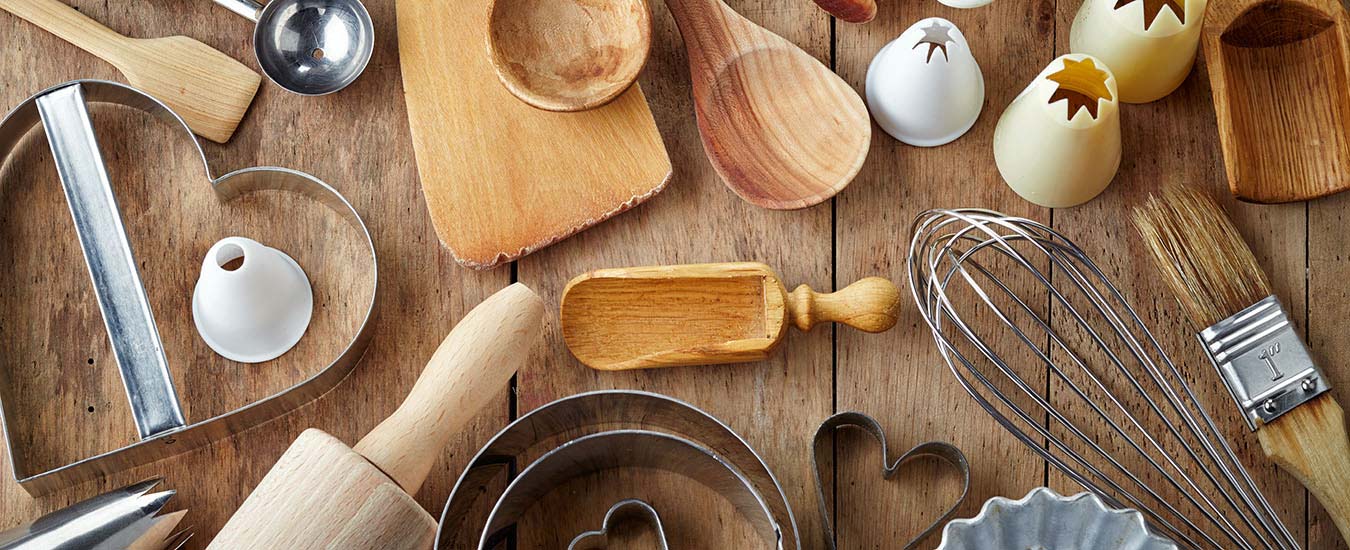When Johanne and I bought our farmhouse two years ago—a heritage property in Pictou County, NS, on the beautiful Northumberland Strait—we inherited the usual assortment of outbuildings and pastures. To my great delight, we also inherited a rather large rhubarb patch. I had visions of pies, tarts, jams, jellies and crumbles—but I quickly realized what everyone who owns a rhubarb patch already knows: you’ll always have more rhubarb than you can use.
In spring, rhubarb appears at farm stands, farmers markets, in grocery stores—and in some peoples’ back yards. If you don’t have access to a patch, here are a few guidelines to keep in mind when purchasing this lovely tart vegetable, often mistaken for a fruit.
Look for firm stalks that are not curled; ideally, the leaves should be left on until you are ready to use the rhubarb. (Note however that rhubarb leaves contain oxalic acid, which is toxic, and shouldn’t be eaten.) The stalks can vary from green with red flecks to a bright cherry red; green does not indicate that it is unripe, but redder stalks are sweeter.
Once you get your rhubarb home, wrap it tightly in a plastic bag and place it in the coldest part of your refrigerator, where it keeps for up to a week. Rhubarb freezes extremely well; I’ve had great luck just chopping and freezing it without blanching. Keep in mind, though, that rhubarb, like celery, contains a lot of water, and baking with frozen rhubarb may not work out well.

Rhubarb is wonderful stewed. Just add 8 tablespoons of sugar for each cup of rhubarb; simmer and reduce until the water has evaporated to a desired consistency. You should always use a stainless steel pot—rhubarb is highly acidic and can have a negative reaction with aluminum, affecting its colour and taste but also discolouring your cookware.
Many recipes call for sugar to overcome rhubarb’s tart flavour, but feel free to use honey or fruit juice to sweeten it as well. Use stewed rhubarb in place of applesauce or as a topping for cheesecake or ice cream.
If you’re interested in growing a patch of your own, begin with seeds—although I’m told they can be a little tricky to get started—or find a donor to dig up a plant with lots of roots for transplanting. Rhubarb is a perennial, returning bigger and better, year after year. Before you know it, you to will be asking yourself that age-old question: “What in the world will I do with all this rhubarb?”
